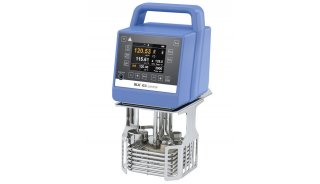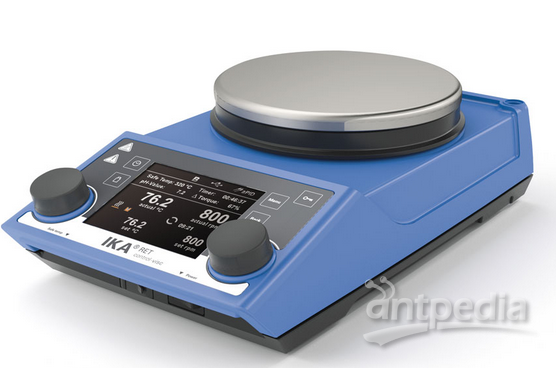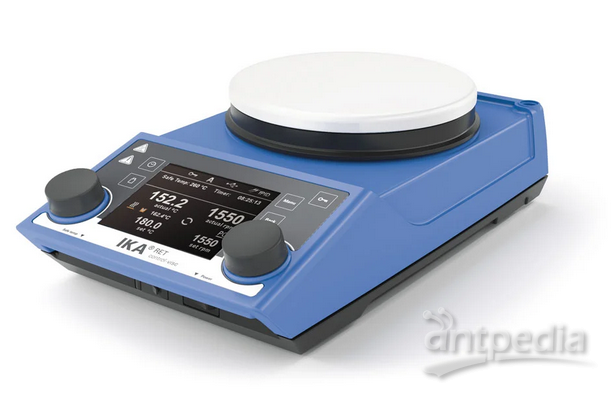BLOCK-iT™ Fluorescent Oligo as RNAi Transfection Control
实验概要
Intended Use
Dynabeads® Streptavidin are ideal for numerous applications, including purification of proteins, nucleic acids purification, protein interaction studies, immunoprecipitation, immunoassays, phage display, biopanning, drug screening and cell isolation.
Guidelines for Use
All Dynabeads® Streptavidin can be used with biotinylated molecules. Some beads are more suitable for particular applications due to their characteristics. Dynabeads® M-280 Streptavidin and Dynabeads® MyOne™ Streptavidin T1 are commonly used for protein and nucleic acids applications. Dynabeads® M-270 Streptavidin and Dynabeads® MyOne Streptavidin C1 are preferred for nucleic acid diagnostics, specifically with samples with a high chaotropic salt concentration, immunoassays involving small biotinylated antigens and applications that are not compatible with BSA (these beads are not blocked with BSA). MyOne Dynabeads® offer increased binding capacity and slower sedimentation rate, making them ideal for automated applications and for when larger amounts of biotinylated ligand, or their specific target, need to be isolated.
Description of Materials
Dynabeads® Streptavidin are uniform, superparamagnetic beads with a streptavidin monolayer covalently coupled to the surface. This layer ensures negligible streptavidin leakage while the lack of excess adsorbed streptavidin ensures batch consistency and reproducibility of results. These beads give simple and stable binding of biotinylated molecules such as small molecules, peptides, proteins, antibodies, sugars, lectins, oligonucleotides, DNA/RNA etc.
主要试剂
Dynabeads® Streptavidin Trial Kit
Magnet (Dynal® MPC™) for manual or automated protocols
Mixing device with tilting and rotation
Biotinylated compounds
实验步骤
1. Immobilization Procedure
1) Resuspend the beads in the original vial by rotation or vortexing.
2) Calculate the amount of beads required based on their binding capacity and transfer the beads to a new tube.
3) Wash Dynabeads® to remove preservatives.
4) Place the tube containing the beads on a magnet for 1-2 mins.
5) Remove the supernatant by aspiration with a pipette while the tube is on the magnet.
6) Remove the tube from the magnet.
7) Add washing buffer along the inside of the tube where the beads are collected and resuspend (same volume of washing buffer as the initial volume of Dynabeads® taken from the vial or larger).
8) Repeat steps 4 to 7 twice, for a total of 3 washes.
2. General Immobilization Protocol
1) Add the biotinylated molecule to the washed Dynabeads® .
2) Incubate for 15-30 min at room temperature with gentle rotation of the tube.
3) Place the tube in a magnet for 2-3 mins and discard the supernatant.
4) Wash the coated beads 3-4 times in washing buffer.
5) Resuspend to desired concentration in a suitable buffer for your downstream use.
3. Release of Immobilized Biotinylated Molecules
The biotin-streptavidin bond is broken by harsh conditions. 5 mins incubation at 65°C or 2 mins at 90°C in 10 mM EDTA pH 8.2 with 95% formamide will typically dissociate >96% of immobilized biotinylated DNA. Alternatively, boi the sample for 5 mins in 0.1% SDS for dissociation. Please note that proteins will be denatured by such treatmen and Dynabeads® Streptavidin can not be re-used. It has also been reported that the biotin-streptavidin interaction can be broken by a short incubation in nonionic aqueous solution at temperature above 70°C.
注意事项
Critical Notes
1. In the protocols we recommend keeping the tube on the magnet for up to 2 mins to ensure that all the beads are collected on the tube wall. For non-viscous samples, separation is often complete in under 1 min, once you can see the beads collected.
2. If you do not need to remove preservatives or change buffers you can omit Washing Procedure.
3. For diluted sample or large sample volumes, increase the incubation time or isolate in smaller batches using the same beads in each batch.
4. Use a mixer to tilt/rotate the tubes so Dynabeads® do not settle at the tube bottom.
5. Avoid air bubbles during pipetting.
6. Free biotin or biotinylated primer in the sample will reduce the binding capacity of the beads. A disposable separation column or a spin column will remove unincorporated biotin. Run the PCR with limiting concentrations of biotinylated primer, or remove free biotinylated primer by ultrafiltration, microdialysis or other clean-up protocols.




















